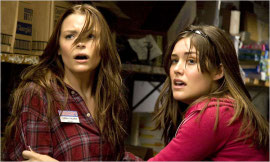 MY BLOODY VALENTINE 3-D
MY BLOODY VALENTINE 3-D
You can assume you're in good hands at a modern horror movie when, within its first couple of minutes, that grizzled, '80s-scare-flick veteran Tom Atkins (he of The Fog and Creepshow and Halloween III: Season of the Witch) shows up as a scowling local sheriff. You pretty much know you're in good hands when the very first thing that Atkins growls, upon finding himself ankle-deep in holiday-themed carnage, is "Happy fuckin' Valentine's Day!" And if, by some miraculous happenstance, you get to watch this seminal genre moment occur while wearing 3-D glasses, to boot... . Well, I've seen better movies than My Bloody Valentine 3-D recently, but bless its forcibly-removed heart, I can't remember the last one that made me feel - in a good way - like a 13-year-old again.

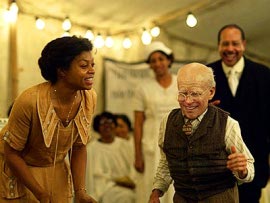 THE CURIOUS CASE OF BENJAMIN BUTTON
THE CURIOUS CASE OF BENJAMIN BUTTON FOUR CHRISTMASES
FOUR CHRISTMASES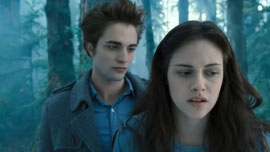 TWILIGHT
TWILIGHT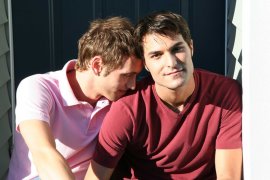 HOLDING TREVOR and ICE BLUES
HOLDING TREVOR and ICE BLUES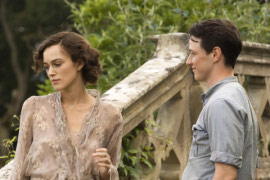 ATONEMENT
ATONEMENT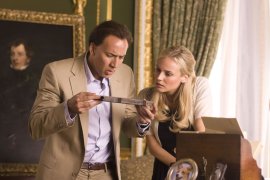 NATIONAL TREASURE: BOOK OF SECRETS
NATIONAL TREASURE: BOOK OF SECRETS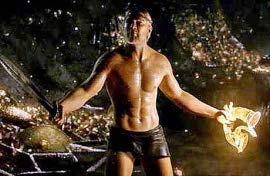 BEOWULF
BEOWULF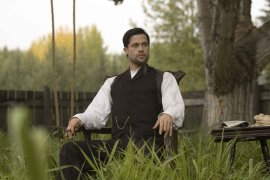 In order of recommendation:
In order of recommendation: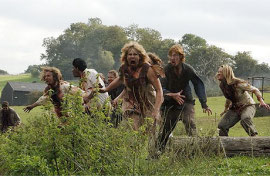 28 WEEKS LATER
28 WEEKS LATER







